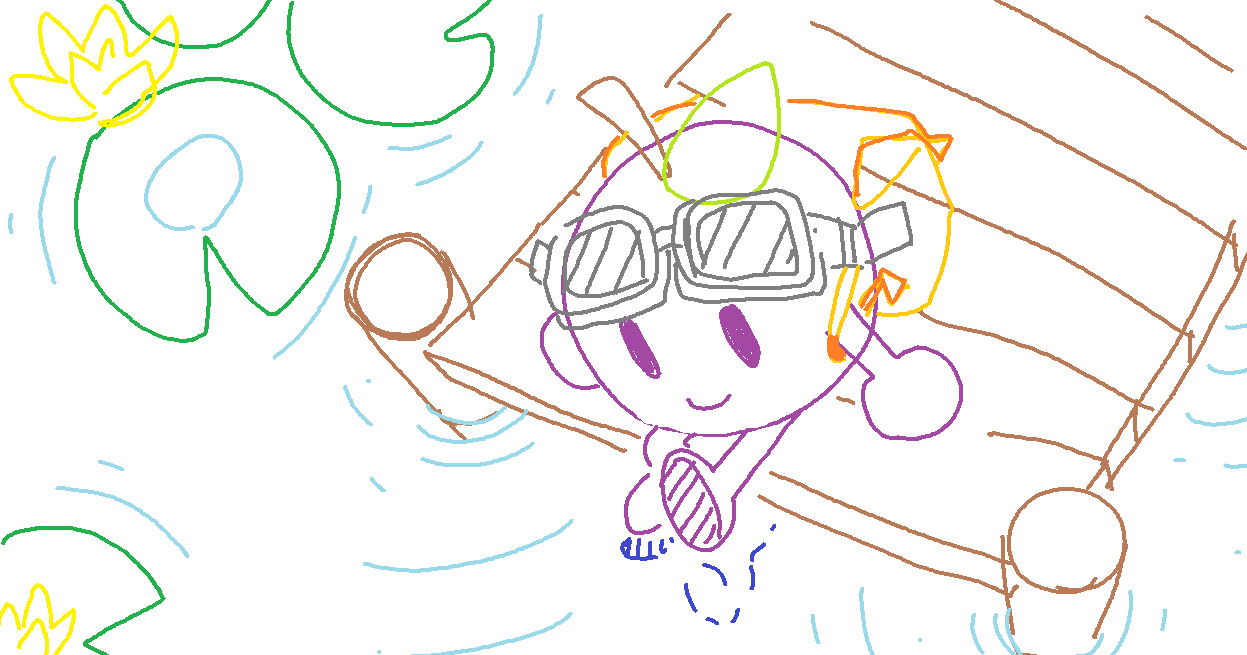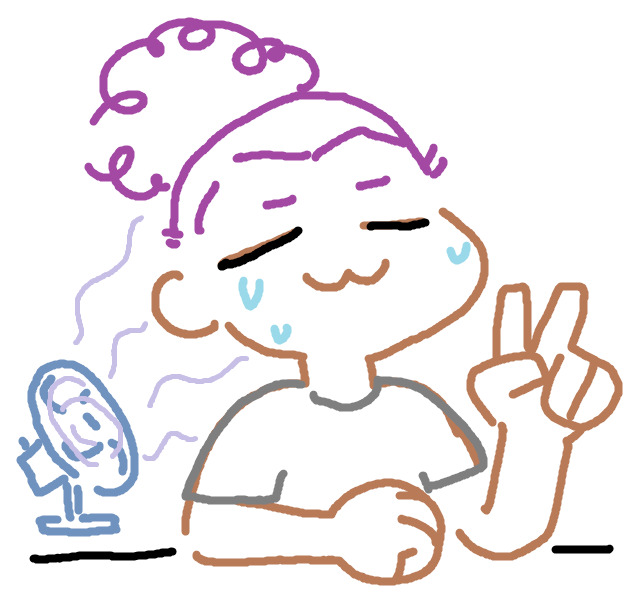I played Garden Story.
It's a cute little game. Not quite what i expected when I played the demo (however many years ago that was now).
I had assumed it would be an adventure game in the vein of The Legend of Zelda where you pick your way through the world fighting monsters and solving puzzles, but it's really quite different from that, sort of blending in management sim(?) elements (managing your towns by gathering resources every day, fighting off monsters, fixing broken things around town, etc.).
A lot of games have trophies that act as milestones for player progress, like "beat the first boss", "beat the second boss", etc. There are four towns in this game which basically serve as chapters of the story. A play in four acts, you might say.
Now, I understand that for any given game--regardless of genre, regardless of length--it's unlikely that most players will finish it. Like all the way to the end. It's an interesting statistic, but people bounce off of games for all kinds of reasons, and I'm definitely guilty of this sort of thing as well. I was both a little surprised and also not surprised at all that only about 35% of players had beaten the first boss (according to the steam trophies).
For context, these are like, the numbers that you get when a player has to jump over some sort of hurdle. Some excerpts from my Steam library: Only about 40% of players made it past the first major story beat in Broken Age, and it's been a while since I've played it, but I'm pretty sure it's mostly due to obtuse solutions and some point and click jank. About 23% of people who looked past the finicky controls of Skatebird and made it to the second level. The number of people who made it past the tutorial of Deadly Premonition is about 45%. (Honestly, I'm surprised it's even that high, but I guess most people who pick it up know what they're in for...)
Garden Story is not an especially long game. Steam says I've played it for about 26 hours now, but probably 4 were tending to my towns post-game, and another 6 of those were the game just on in the background while i walked away to do something else. (It's one of those games that only saves at the end of an in-game day, so instead of completing a day and shutting it off, I usually opt to just leave it running.... )
But anyways, I think i clocked in at about 15 actual hours of play upon completion. Not long. Not short. Much of that time was spent extending days on into endless nights gathering every last resource from the land so I could upgrade my hammer or whatever.
The first town is definitely the shortest to complete from the start to the boss. It maybe took me about 2-3 hours, and those first hours bounced off about 65% of players. I honestly also thought about putting it down in that time.
I think it's fair to say that the gameplay at the beginning kinda drags. The game emphasizes how "cozy" it is in the trailer, which is kind of true, I suppose, but for me it lacks the satisfaction of something like a farmsim or puzzle game. The daily tasks are pretty shallow and usually uninteresting. Some of the quests (like finding rare resources for NPCs) are downright frustrating. It took me probably 4 or 5 days to find a single glass lens. 4 or 5 days of breaking the same 4 or 5 glass bottles on the beach. It was a quest that required two lenses, but I had the first before starting the quest, which may have skewed my perception of how easy it would be. Maybe I just got really unlucky. I nearly gave up on it though.
Starting out, Concord (your main character) is pretty weak. You have two pips of stamina which means you can attack twice before taking a break. Or you can run for a second and attack once. Or run for a few seconds and attack none. You're pretty slow. Combat--while not really challenging--takes a long time. You pick your way slowly through any screen with enemies. Attack, attack, recover, wait (the enemy is charging up it's rebuttal which takes a second), attack, sidestep, attack. Move on to the next one.
Add this little dance to the first boss fight (which, aside from the last, was the only one that killed me), where you have to wait for the boss to come down from the ceiling to become vulnerable and then you can only get a few weak whacks in before it retreats again... I can understand why a lot of people may not have had the patience to make it this far.
After this battle, you get your first upgrade to stamina (unless you're smarter than I am and equipped Concord's memory instead of Plum's), and that's when the game gained some semblance of fun for me. The difference between two and three pips of stamina is honestly an ocean.
I think maybe the player should've started out with 3 stamina instead of two and it really would've fixed a lot of issues I personally had starting out. Maybe they would've even retained another 10% of players past that first boss fight.
The story starting out doesn't appear to be anything special. Very fantasy-adventure-chosen-one-save-the-world but with cute little talking vegetables and also frogs. It's generally well written, though perhaps a bit needlessly padded in a way that had me skimming and skipping a lot of the dialogue, but I found myself actually getting into it as I went through the final town. There's something quite lovely and bittersweet about the ending that I like a lot, but it took quite a bit of time for me to get there.
All in all, I think it was a pretty alright game. I played it mostly as something to do at night and less as an actually engaging experience. The art is wonderful. The music is nice. I think the bosses are neat. I'm kinda sad that you can't fight them again in the post game. The story really only picks up in the last act, but it went a way I was not expecting from the outset and deals with themes of loss in a way that you don't see often, which I liked.
For as charming as I think this little game actually is, I can understand why 65% of players could not make it to even the second area. There are a lot of little things that add up. The nothingness of a lot of the daily missions. The tedium of fighting enemies. Confusing and under-explained mechanics. The reuse of certain interactable assets in ways that you can't interact with them and vice versa. The feeling that you must be missing something as you try to progress through the world.
There are things where I'm so sure that as a dev, having played through certain scenarios hundred of times, I would find acceptable, but as a player, having to interact with them only a few times, drove me nuts.
But putting that aside (after all, most of the people who did not finish the game had already left by that point), the question I'd like to ask is, "Why was the retention rate so bad, and how could I avoid such a thing in a game that I make?"
For me personally, I think this question can also be answered by a post I saw floating around on cohost a while ago about reasons for unfavorable ratings on Japanese indie games. A large part of it was those games not finding their target audiences. People complained that combat was too hard, the graphics were ugly, they wanted a different game than what they got.
So circling back to my first impressions, I honestly can't tell you whether the demo gave me a false impression of what the game would be like, but the impression I held of this game in my memory was indeed quite different from what I got. Looking at the launch trailer... well, it doesn't quite misrepresent the game but more like... beefs up its resume.
Scrolling through the first page of Steam reviews, I only saw two that wouldn't recommend this game and their main complaints are completely valid that the start of the game is pretty rough, tedious, and repetitive. Digging further, I think becomes apparent that the main complaint is the actual gameplay doesn't support what sold people on this game: the idea of a cozy gardening game. (Seemingly, some sources compared it to Stardew Valley, which gave people a false impression of what sort of game it would be.) Despite the incredibly high bounce off rate of players in the first couple hours of the game, most of the reviews on steam are positive. Probably, the take away from this is that most of the players that bounced off were just apathetic. The game isn't so irredeemable in the beginning to inspire anger. Some of the negative reviews even expressed a sympathy that they couldn't really recommend this game because it turned out they liked it in the end.
Looking past the presentation, I think this is a basic pacing problem. Like when reading a book, you need a hook to hold interest. Your book can be really good in the latter half, but if there's no interesting or urgent conflict to be resolved, a lot of people won't make it to the good part.
With games, this problem is two-fold. You need either a good gameplay hook or a story hook (preferably both). I've played games with mediocre stories because the gameplay was fun and vice versa, but you can't just coast off of both average story and gameplay. Obviously, some people will play anyways, but if you have something to say and you want that thing to be heard by anyone but the most dedicated players, I do think you need something to propel people. Especially if your game relies heavily on random generation and grinding to pad itself.
A "hook" doesn't have to be a big bombastic thing. Even without doing a bunch of fixes to clarify things in the design of the game--without changing the story or even the gameplay nearly at all--I think really it just needed a small adjustment, whether it's just that one extra pip of stamina to make early game combat and foraging more fun or even to trim out a lot of the superfluous dialogue. The art and the music are there. It just needs a little kick in the pants.
As a game designer, I try to keep in mind all of the reasons why someone would buy my game but not make it to the end, because I think that's the goal of most game designers--to find their target audience and give them a meaningful experience to engage with. That's kind of the nature of art, isn't it? I think maybe Garden Story became a good game eventually, but I do also think it had art at its heart the whole time. I know it maybe sounds like I didn't like it, but I really did enjoy it in the end.
Anyways, that's my onion. After about 10 hours into this game, I glanced at the Steam trophies and this piece was born. Haha.
Anyways, thanks for reading. Stay fresh.
Pray for me.
[This is a cross post from cohost. The original was posted on Aug. 3, 2024.] [I also recognize that links may be broken due to cohost closing down, but as of 9-20-24, the author of that link hadn't expressed a desire to repost their work elsewhere so uh..... sowwy... 6v6; Here's a link to the original untranslated article.]



Comments